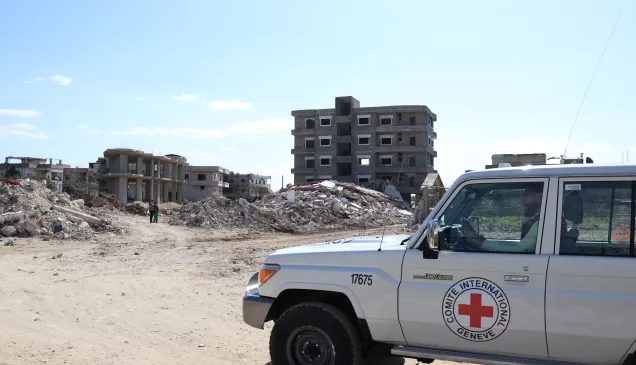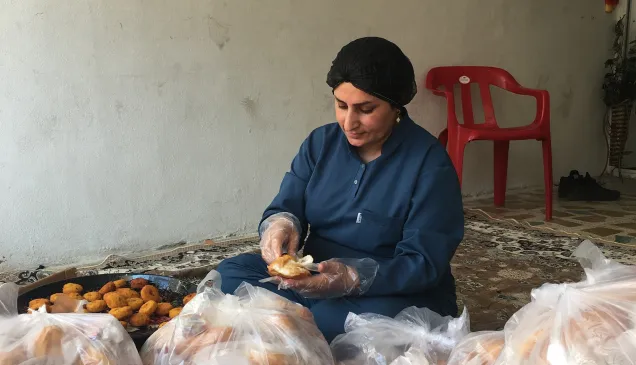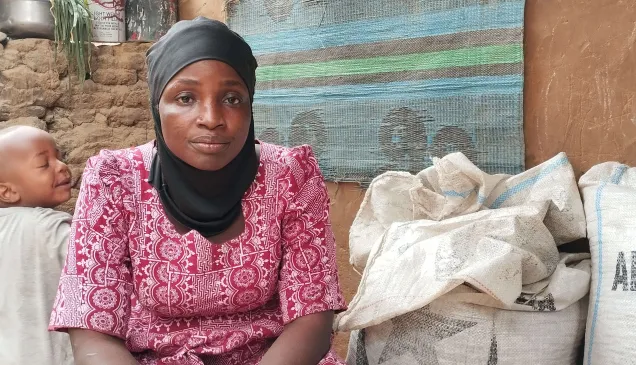Philippines: Building back better in Zamboanga village

The residents in the small community of Layag-Layag in Zamboanga City have gone a long way in piecing their lives together after the heavy fighting 2 years ago. Their main source of income – seaweed farming – is helping them to survive.
Layag-Layag was one of the coastal villages heavily affected by the fighting that broke out in Zamboanga City in September 2013. Many families were displaced from their homes, some for more than a year, disrupting their livelihoods.
Rajam Abduhamil, together with his wife and seven children, was displaced at the Talon-Talon evacuation center for more than a year, relying on aid from various organizations. Now that he is back to seaweed farming, Abduhamil considers himself lucky.
"Our life was at a standstill at the evacuation center," 52-year-old Abduhamil said. "Now, I am able to resume the only livelihood I know: seaweed farming. It's good to see that many of us are back on our own, growing and harvesting seaweed."
Abduhamil is one of the 50 members of a seaweed farmers' cooperative in Layag-Layag that the ICRC recently provided with a cash grant to support the construction a storage facility and a boat. They also received training to help them plant and commercialize seaweed.
The storage facility will be used to keep the dried products, which can be sold for far more than fresh seaweed. The motorboat will then be used to transport large quantities of dried seaweed to the market in Talon-Talon.
"The new boat is indeed a huge help for us, as it can hold more than 40 sacks of dried seaweed," said Abduhamil, who has been a farmer for 10 years. The community used to have a boat that could accommodate only four sacks of seaweed.
In February this year, a concrete solar stilt dryer was built in Layag-Layag through the United Youth of the Philippines Women and United Nations High Commissioner for Refugees. The project was supported by the ICRC through a cash-for-work construction activity, providing an alternative source of income to 120 seaweed farmers.
Meanwhile, Jur Gapur Gabir – also a seaweed farmer – said the support they received prods them to increase their income target. "Every month, each farmer would earn 10,000 pesos. Now, we are all aiming for more so that we can provide better lives for our families."
After all, Gabir said, people in Layag-Layag are given another chance to rebuild their livelihoods in ways that leave them equipped to move on and build back better.
Story by Jesse Edep, ICRC communication officer



